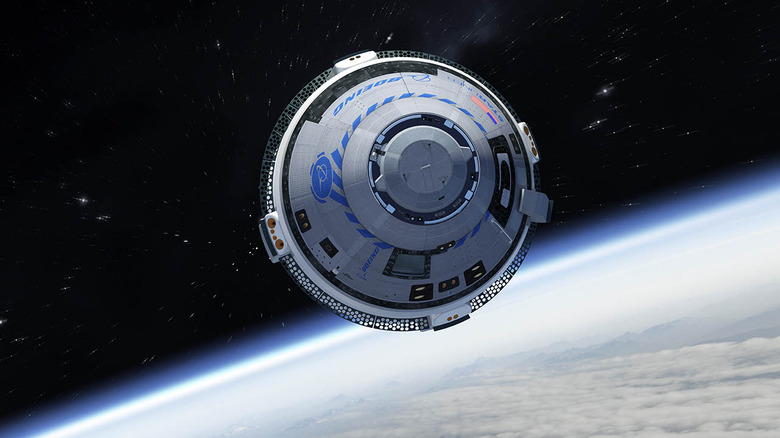NASA Puts Out New Spacecraft And Space Suit Call For ISS And Beyond
NASA is putting out a call for more astronaut shuttles, expanding the Commercial Crew program with additional missions beyond those already agreed with SpaceX and Boeing. The request for "safe, reliable, and cost-effective human space transportation services to and from the International Space Station" comes as the US space agency looks ahead to the future of the ISS and, beyond that, missions to the Moon and further afield.
The Commercial Crew program has proved to be a successful replacement to NASA's aging Space Shuttle program. Retiring its own fleet of space-capable vehicles, and instead looking to public-private partnerships with then-startups like SpaceX, NASA was able to ink flight deals for American astronauts while skipping the development costs involved in the spacecraft they'd be traveling on.
Several private companies rose to that challenge, with craft like SpaceX's Crew Dragon already taking astronauts to and from the ISS. Currently, NASA has twelve missions on the books with SpaceX and Boeing, and is now looking ahead to further contracts.
"Commercial crew transportation services are going to be needed into the foreseeable future," Phil McAlister, director of the commercial spaceflight division at NASA Headquarters, explained, "and we want to maintain competition, provide assured access to space on U.S. human launch systems and continue to enable a low-Earth orbit economy."

While existing providers are expected to weigh in with their own proposals, NASA isn't limiting its scope to the current spacecraft already flying. The agency says it's open both to availability on existing certified crew systems, and to estimated timelines on upcoming systems that envisage certification being completed by 2027 at the latest. NASA is open to the idea of buying a single seat on such a spacecraft, multiple seats in a mission, or the entire mission, depending on its needs at the time.
Transportation isn't the only area in which NASA is looking to private companies to edge them ahead. Next-generation spacesuits are also being developed with public-private partnerships, with a more high-tech design than is currently in use. Such suits will be comfortable and safe for a broader array of body sizes, genders, and environments, not to mention allow more movement.
That last part could be essential, given the tasks NASA faces in the coming years. On the one hand, preparing the International Space Station itself for operations beyond 2024 is a key concern, with work already underway to replace aging components.
However, NASA is also looking to Artemis, and returning American astronauts to the surface of the Moon. That will involve not only transportation to the Lunar surface but the establishment of a new Lunar Gateway, an orbiting platform around the Moon. The same gateway – and the same space suits – will be instrumental in future missions to Mars, NASA says.
